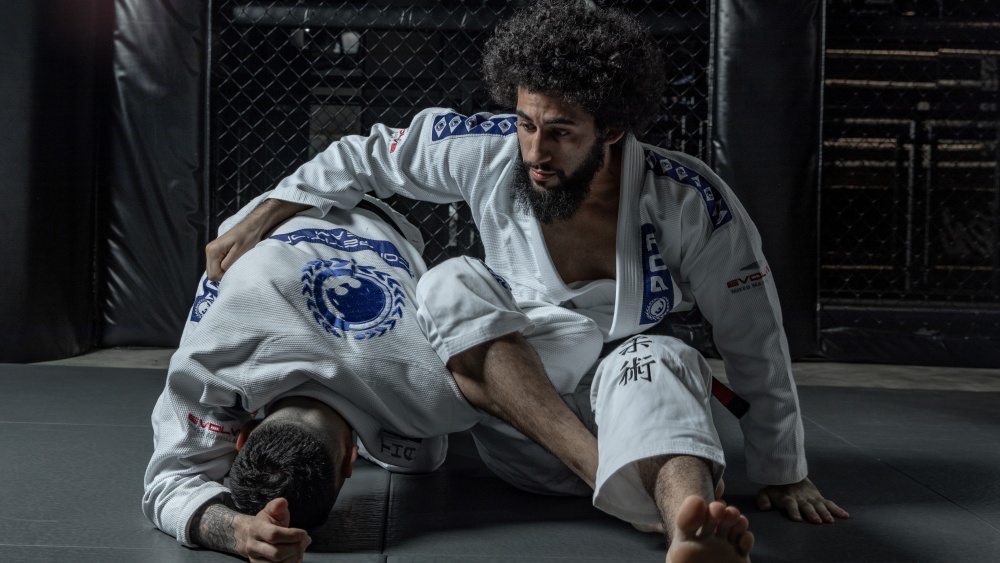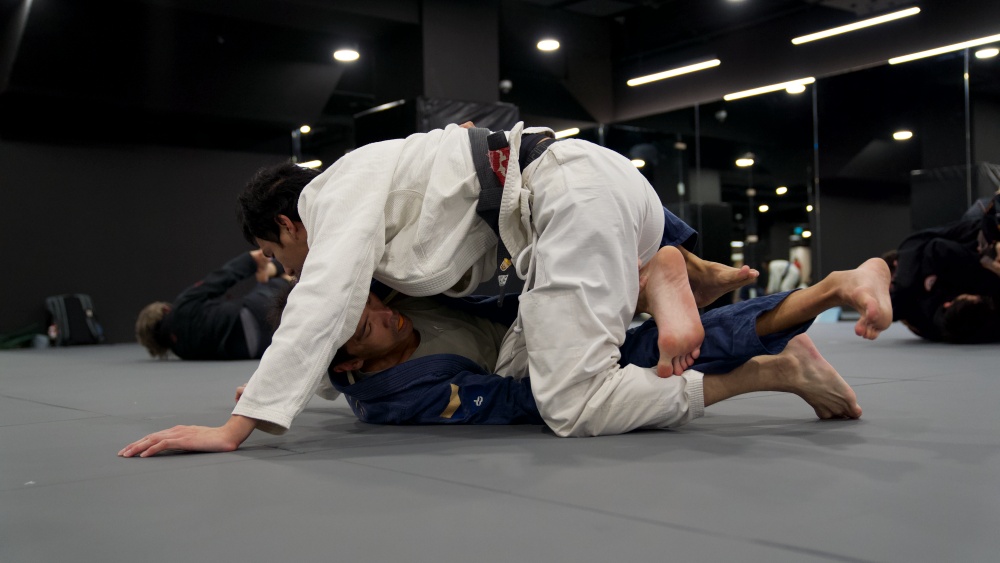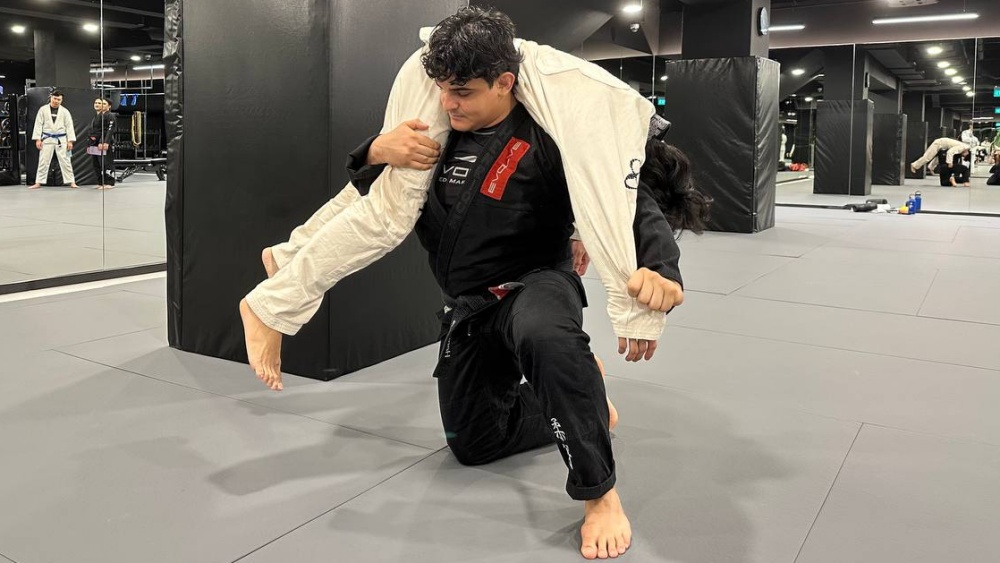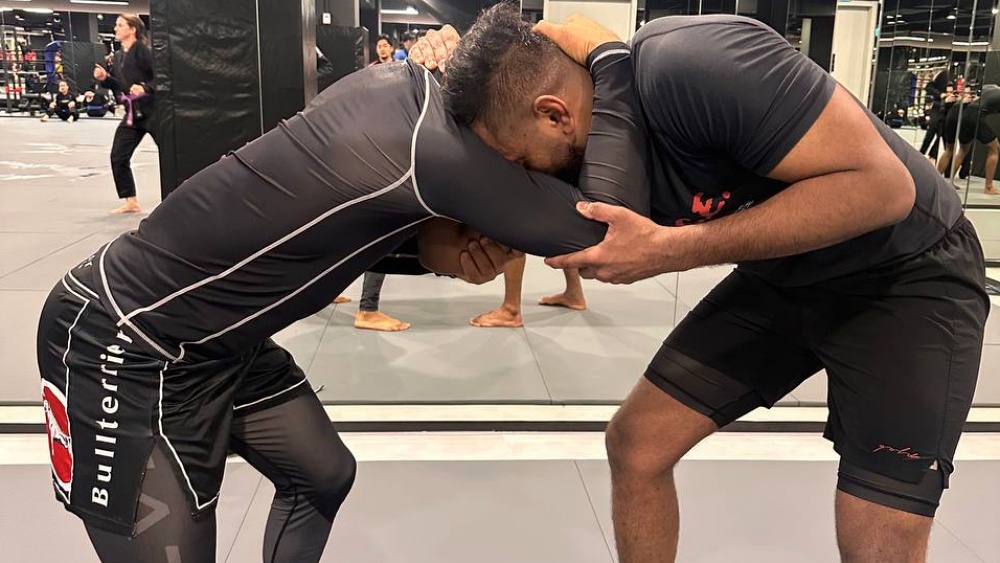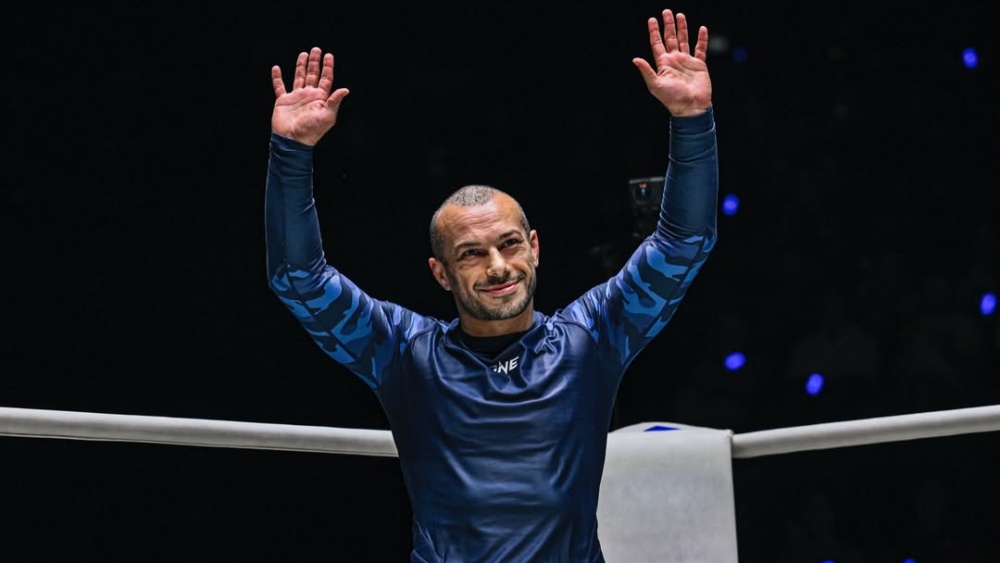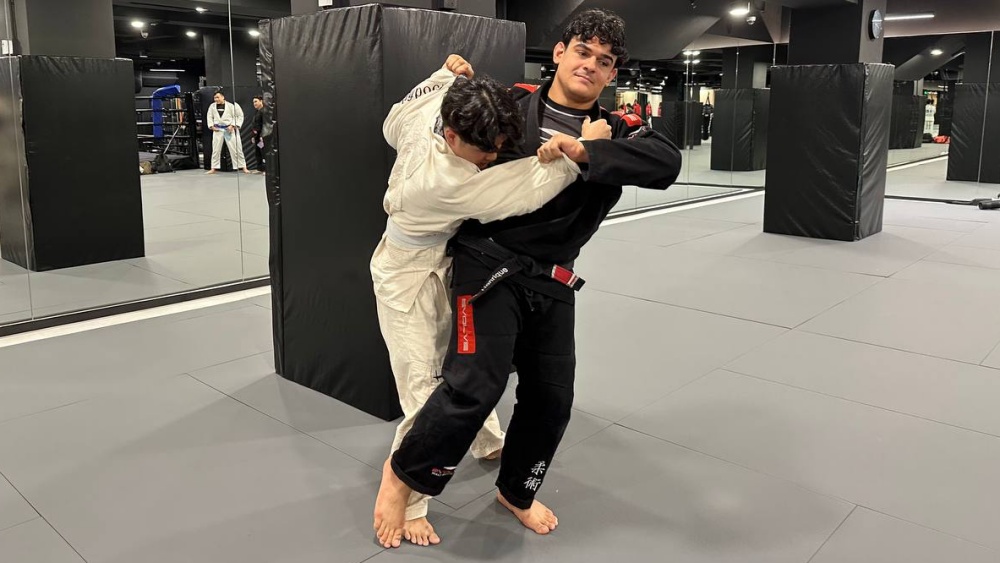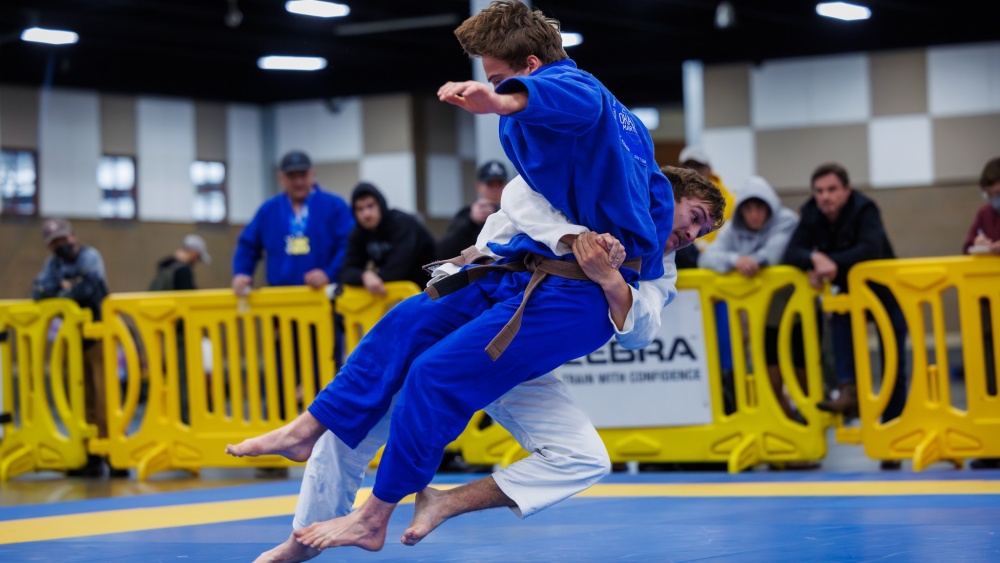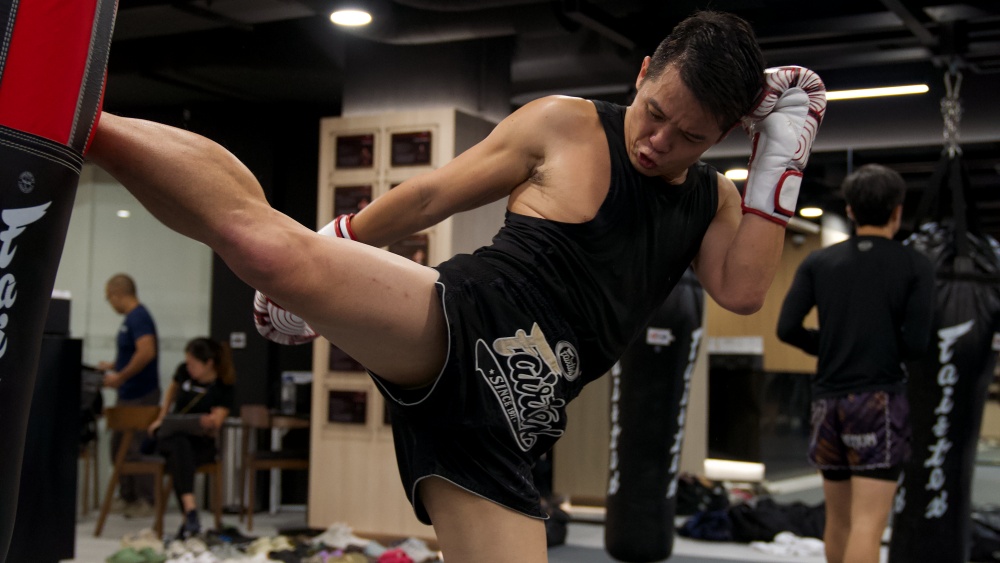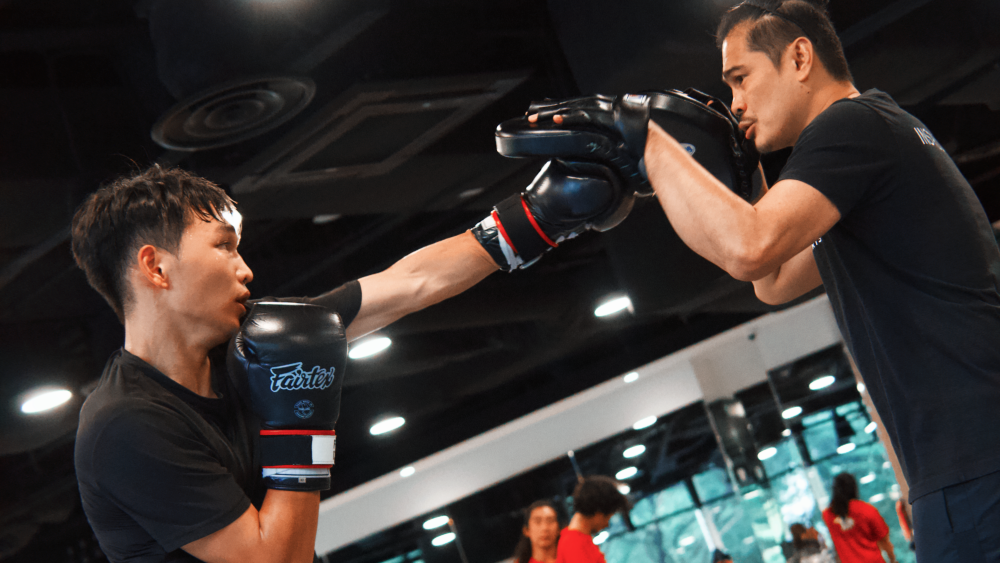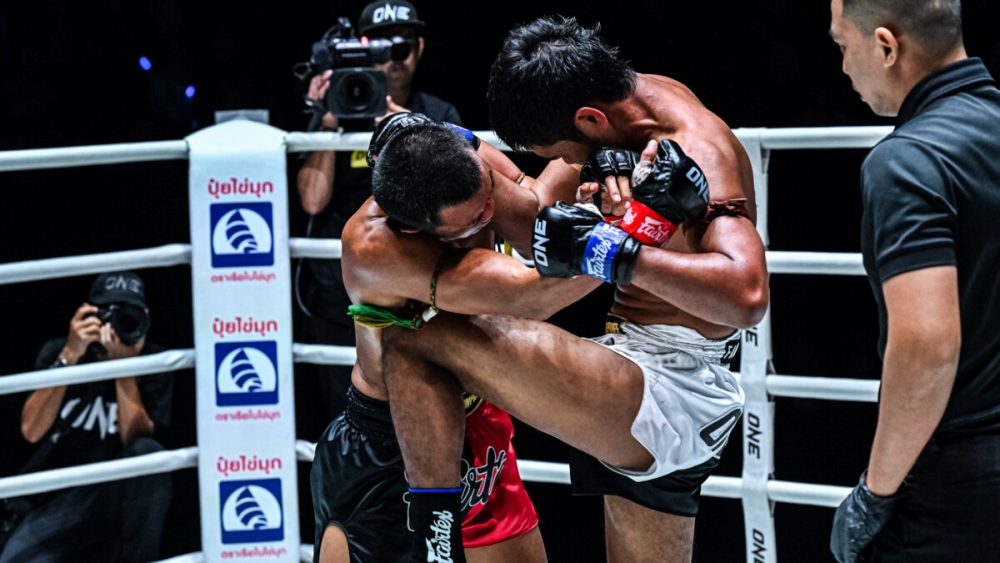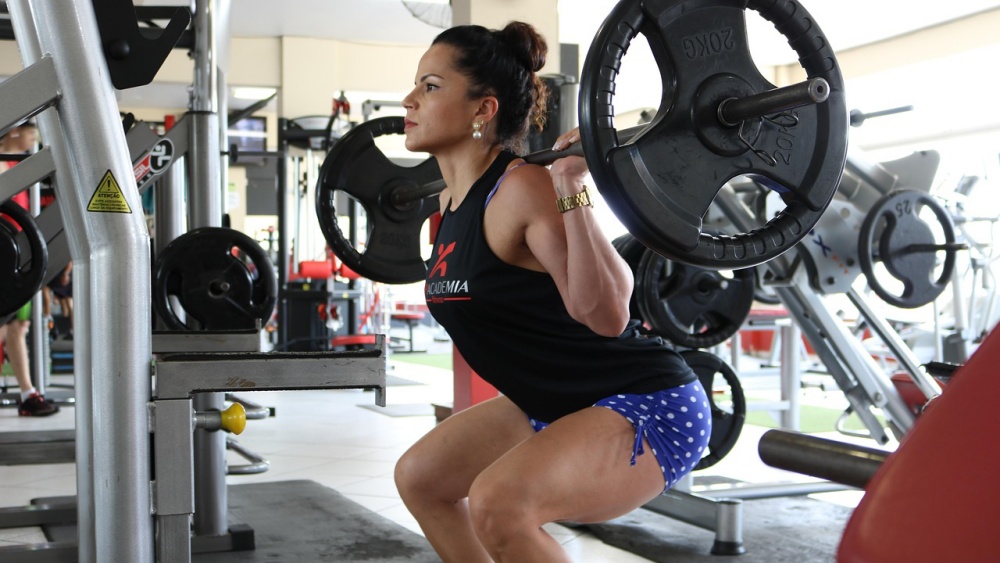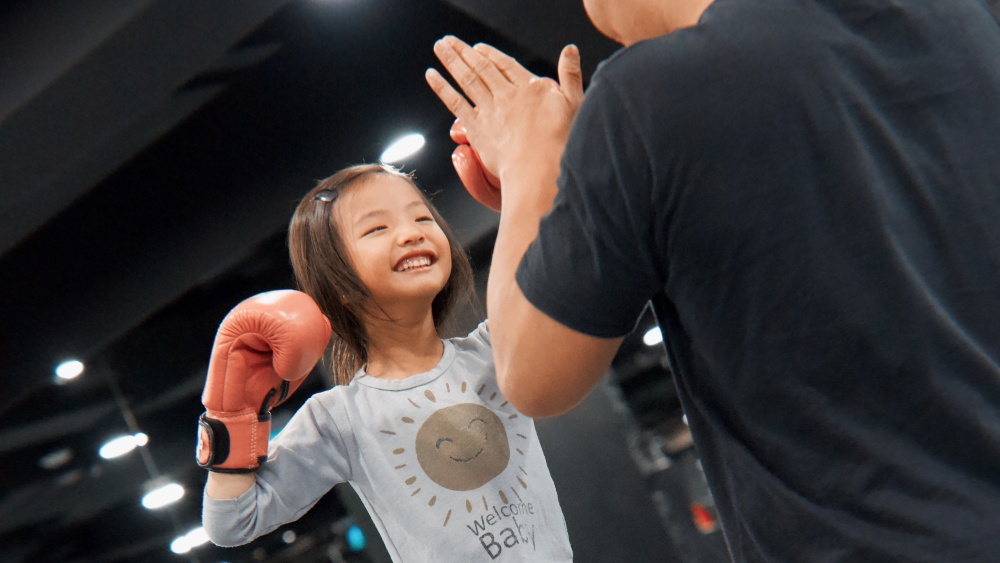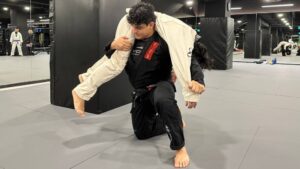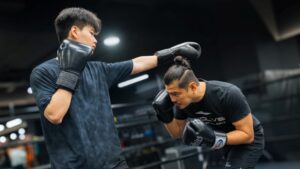BJJ constantly evolves with new techniques and forgotten ones being rediscovered. While classic submissions are staples in every grappler’s arsenal, many lesser-used techniques can catch opponents off guard and open up new attacking opportunities.
Focusing on underutilized submissions can make you a more unpredictable and all-rounded grappler. Many of these techniques are just as effective as the popular ones but are often overlooked because they require specific setups or are less commonly taught. In this article, we will discuss several underutilized attacks to improve your grappling game.
What Are Submissions?
In BJJ, a submission is a technique that forces an opponent to tap out due to pressure or control. Submissions typically fall into two categories: joint locks and chokes.
Joint locks target specific joints like the elbow, shoulder, or ankle, applying controlled pressure to force an opponent to submit. Techniques like the armbar, kimura, and kneebar fall into this category. Chokes apply pressure to an opponent’s airway or blood flow, prompting them to tap out to avoid being caught in a vulnerable position. Examples include the rear naked choke (RNC), guillotine choke, and triangle choke.
Mastering a variety of submissions ensures that you can attack from multiple positions and adapt to different opponents. Instead of relying only on the most common moves, exploring underutilized submissions can add depth to your game and increase your finishing rate.
Choosing Your Submissions
While all submissions are useful, some are better suited for specific body types, skill levels, or grappling styles. A submission that works well for a flexible guard player may not be ideal for a pressure-based passer. When selecting new submissions to add to your game, it is important to consider your preferred positions. Some submissions are more effective from certain positions; for example, leg locks are often easier to set up from open guard, while chokes are commonly applied from dominant positions like mount or back control.
Understanding your opponent’s defenses is also crucial. If you notice that training partners frequently defend against common submissions like the armbar or triangle, having a few unexpected techniques will make it harder for them to counter your attacks. Unfamiliar submissions force opponents into unfamiliar territory, increasing your chances of catching them off guard. You can become a more unpredictable and well-rounded grappler by thoughtfully selecting which submissions to incorporate into your game.
7 Underutilized Submissions To Explore
“Now that you have a clear understanding of what submissions are and the different types, let’s take a look at 7 underutilized submissions you can explore.
The north-south choke, popularized by BJJ legend Marcelo Garcia, is a super-effective but underused submission from the north-south. Unlike guillotine chokes that require arm positioning, the north-south choke is applied by trapping the opponent’s head under your torso and using your arms to block their escape while tightening the choke.
This submission is especially useful for pressure-based players because it allows for tight control and a slow, crushing finish. Many people ignore this choke because it requires good positioning, but once mastered, it can become a high-percentage submission.
2) Omoplata
The omoplata is one of the most overlooked yet versatile submissions in Jiu-Jitsu. It is a shoulder lock done using the legs, often set up from closed guard or variations of the open guard. While many practitioners use the omoplata as a sweep rather than a submission, it is an incredibly effective finishing technique when executed correctly.
A common mistake is allowing the opponent to posture up. Keeping their posture broken and controlling their body prevents escapes and increases finishing chances. The omoplata is also excellent because it transitions easily into armbars, sweeps, and back takes.
3) Toe Hold
The toe hold is an aggressive lower-body submission that attacks the foot and ankle. By controlling the opponent’s foot and twisting it toward their knee, the toe hold puts immense pressure on the ankle and ligaments.
Many BJJ players hesitate to use the toe hold because it is often illegal in lower belt divisions, but it is a devastating submission in advanced competition. It is particularly effective from half guard, 50/50, or when an opponent tries to escape leg entanglements. Learning the toe hold makes your leg lock game significantly more dangerous.
4) Kneebar
The kneebar is the lower-body equivalent of the armbar, attacking the knee joint by applying hyperextension. It can be set up from top positions like mount and side control, or from bottom positions like half guard or inverted guard.
Many practitioners ignore the kneebar because they focus on heel hooks and ankle locks, but this submission provides an excellent option when opponents defend against other leg attacks. A properly executed kneebar forces an immediate tap due to the pressure it applies on the opponent’s knee joint.
The Ezekiel choke is one of the few chokes that can be applied from inside an opponent’s guard, making it a unique and unexpected attack. It involves using one arm to trap the opponent’s neck while the other arm threads through and tightens the choke.
This submission is commonly seen in Gi matches but can also be applied in No-Gi with slight adjustments. Heavy top players use the Ezekiel choke from mount or side control to finish opponents who are focused on blocking traditional chokes or arm attacks.
6) Loop Choke
The loop choke is a brutal Gi submission that works similarly to a guillotine but uses the opponent’s collar for leverage. It is applicable from guard, turtle position, or when an opponent shoots for a takedown.
This choke is often ignored because it requires a quick setup and good grip control, but it is devastating when properly executed. The loop choke is also a high-percentage counterattack against aggressive wrestlers or opponents who frequently posture up in your guard.
7) Tarikoplata
The Tarikoplata is a shoulder lock popularized by BJJ competitor Tarik Hopstock. The Tarikoplata is a unique and slick submission combining elements of the omoplata and kimura. It is an effective attack from side control or half guard that allows for strong control while isolating the opponent’s arm.
Personalize Your Game & Drilling
When adding new submissions to your arsenal, focus on techniques that complement your existing style. If you already use strong top pressure, the north-south choke and Ezekiel choke might be excellent additions. If you prefer a dynamic guard game, the omoplata, loop choke, and Tarikoplata could fit seamlessly into your strategy. Being selective about which submissions to add will allow you to build a cohesive attack system rather than just learning random moves.
To successfully integrate these underutilized submissions, consistent drilling is essential. Start by practicing the mechanics slowly, ensuring that your positioning and control are correct. Once you feel comfortable, drill the submissions against resisting opponents to understand how real opponents will react.
Incorporate these submissions into positional sparring, setting specific goals such as attacking the Ezekiel choke only from mount or transitioning into the Tarikoplata when an opponent defends the omoplata. This focused drilling will help these techniques become second nature.
Conclusion
Adding underutilized submissions to your game is a great way to become a more unpredictable and well-rounded grappler. The techniques we went over in this article offer powerful finishing options while keeping opponents guessing. We recommend that you at least try them out and let us know how they go.
You may also like:
Wrestling For Non-Wrestlers: Essential Takedown Strategies For MMA And BJJ Practitioners
